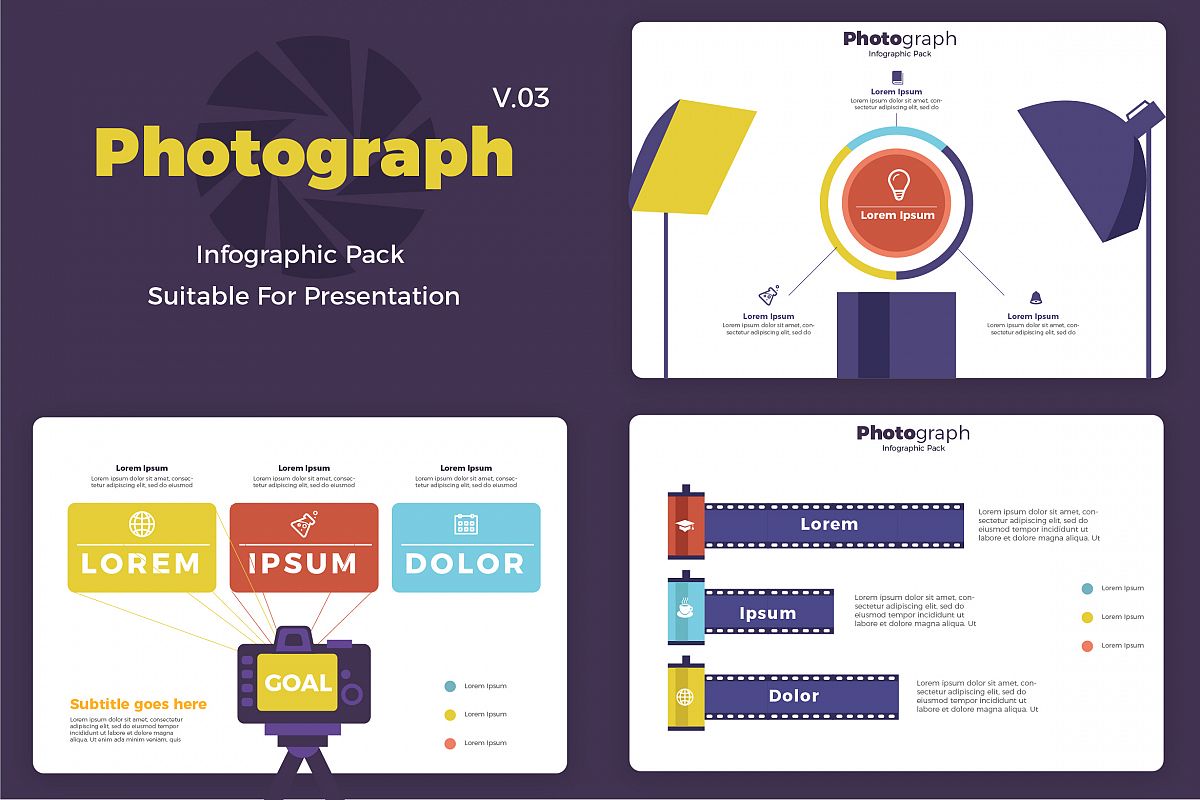What Every Professional Photographer Should Learn About Illumination
What Every Professional Photographer Should Learn About Illumination
Blog Article
Published By-Beck Covington
As a photographer, you recognize that lights can make or break your photos. Recognizing the nuances of both all-natural and fabricated light is crucial for recording the mood and clearness you go for in your work. Whether you're chasing the best gold hour glow or adjust your man-made setups, grasping these aspects can boost your digital photography significantly. Yet there are https://fstoppers.com/business/photographers-try-put-yourself-out-business-now-485516 that several forget, and acknowledging them can transform your strategy to every shoot. Allow's explore what you may be missing and exactly how it can affect your outcomes.
Comprehending All-natural Light
Comprehending all-natural light is vital for any kind of professional photographer looking to improve their job. browse this site 's the foundation of terrific photography, affecting mood, tone, and clearness. When you fire outdoors, focus on the moment of day. The gold hour-- quickly after daybreak and before sundown-- provides soft, cozy light that can transform ordinary scenes right into magnificent images.
Don't ignore the power of overcast days. Cloud cover diffuses sunlight, developing a soft, even light that's ideal for portraits and macro photography. You'll discover colors pop in this sort of lighting without harsh shadows.
Positioning matters, as well. Constantly consider your topic's orientation to the light. If the sun's behind your subject, you might end up with a silhouette, which can be dramatic yet mightn't be what you want. Alternatively, direct sunlight can produce uncomplimentary shadows.
Try out angles; in some cases, changing your perspective can produce remarkable results. Usage natural reflectors, like water or sand, to bounce light onto your topic, adding measurement.
Learning Artificial Light
Mastering man-made light is important for photographers that want to take their abilities to the next degree. Whether you're making use of speedlights, workshop strobes, or continuous lights, recognizing exactly how to control these resources can considerably enhance your images.
Begin by acquainting yourself with the fundamentals of light high quality, direction, and color temperature level. Trying out various modifiers like softboxes, umbrellas, or grids to control the softness or cruelty of the light.
https://blogfreely.net/deidra0mable/find-out-how-to-select-the-excellent-cam-tailored-to-your-photography-design 'll find that soft light commonly creates lovely outcomes, while harsher light can add drama and depth. Don't avoid darkness; they can boost the three-dimensionality of your topics.
Pay very close attention to the placement of your lights. A light located too near your topic can create unflattering outcomes, while too far can bring about an absence of detail. Utilize a light meter or your electronic camera's pie chart to ensure you're subjecting appropriately.
Finally, remember that synthetic light can be blended with ambient light for creative effects. Balancing these resources could take technique, but once you understand it, your photography will genuinely radiate.
Techniques for Various Scenarios
When you step into different shooting circumstances, adapting your lighting methods is vital for recording the most effective pictures. For outside pictures, make use of the golden hour-- morning or late afternoon light-- to soften darkness and enhance skin tones.
If it's a harsh noontime sunlight, take into consideration making use of a reflector to jump light back onto your topic or seek shaded locations for a much more even exposure.
In low-light situations, like indoor events, boost your ISO and make use of a broad aperture to let in more light. A tripod can help get rid of camera shake, permitting longer exposures without obscuring.
If you're shooting at night, experiment with off-camera flash to develop vibrant illumination and depth in your images.
For item photography, use diffused illumination to stay clear of extreme representations. Softboxes or light outdoors tents can help attain this impact.
When photographing landscapes, take into consideration the instructions of light and time of day, as it can substantially change the mood of your shot.
Always be ready to readjust your settings and positioning based on the situation, as versatility is essential to grasping illumination in photography.
Verdict
Finally, understanding lighting is vital to boosting your photography abilities. Accept all-natural light's charm throughout gold hour, and don't shy away from trying out artificial light strategies. By adapting your technique to various situations, you'll catch sensational pictures that resonate with emotion and clarity. Remember, the ideal illumination can change a common shot into something amazing, so maintain practicing and fine-tuning your understanding of both natural and artificial light. Satisfied capturing!
